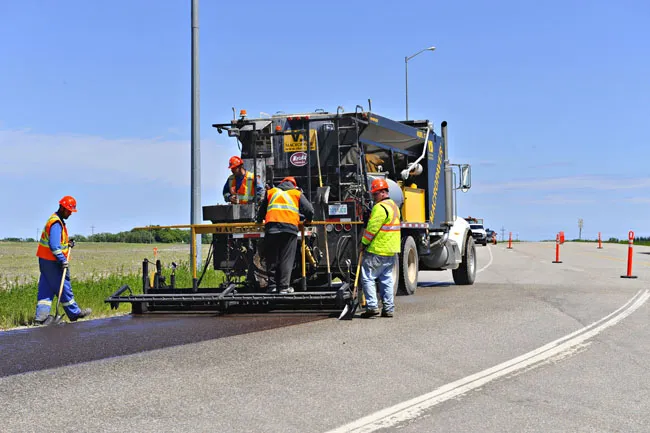The locations of charging points for plug-in vehicles are to be systematically mapped across the UK country to make it easier for motorists to go electric. The National Chargepoint Registry, to be developed by POD Point, a UK-based charge point manufacturer, will be a publicly-accessible database of charge points across the UK. It will allow businesses to innovate and provide products, such as satnav and mobile apps, for plug-in vehicle owners to access. Motorists will then know where and how they can charg
April 30, 2012
Read time: 2 mins
RSSThe locations of charging points for plug-in vehicles are to be systematically mapped across the UK country to make it easier for motorists to go electric. The National Chargepoint Registry, to be developed by 5373 POD Point, a UK-based charge point manufacturer, will be a publicly-accessible database of charge points across the UK. It will allow businesses to innovate and provide products, such as satnav and mobile apps, for plug-in vehicle owners to access. Motorists will then know where and how they can charge along their journey, so addressing concerns about the range of vehicles.
Alongside the registry, a new system, the Central Whitelist, will be created to make it easier for motorists to access each charge point without having to sign up to new schemes each time they charge in a different location.
“This Registry will get us away from the mind-set of; will I, won’t I get there? And I’m sure that public and private charge point owners alike will get behind the initiative because the more information we have up there the more motorists will be encouraged to make the switch to electric” said UK transport minister Norman Baker. “The Central Whitelist offers charging scheme operators a really straightforward way to share membership card details – it will enable their members to access charge points outside their ‘home’ charging scheme. This freedom to roam between charging schemes is a very important step forward for the plug-in vehicle market.”
Alongside the registry, a new system, the Central Whitelist, will be created to make it easier for motorists to access each charge point without having to sign up to new schemes each time they charge in a different location.
“This Registry will get us away from the mind-set of; will I, won’t I get there? And I’m sure that public and private charge point owners alike will get behind the initiative because the more information we have up there the more motorists will be encouraged to make the switch to electric” said UK transport minister Norman Baker. “The Central Whitelist offers charging scheme operators a really straightforward way to share membership card details – it will enable their members to access charge points outside their ‘home’ charging scheme. This freedom to roam between charging schemes is a very important step forward for the plug-in vehicle market.”









